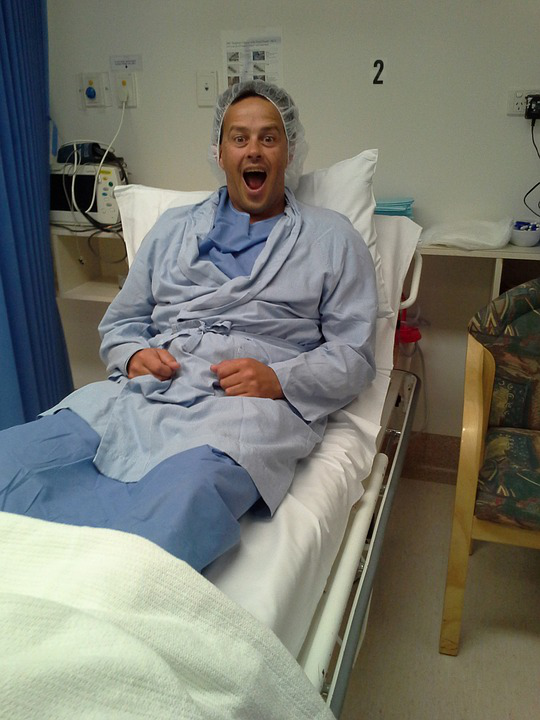Every year around five hundred thousand men in the US will choose to get a vasectomy. This is largely due to the fact that the vasectomy is the easiest and most effective way to prevent unwanted pregnancies permanently. But how do vasectomies work? Are they painful? Can you get them reversed? We’ve answered all your questions about the increasingly popular no needle, no scalpel vasectomy to help you find out more and determine if it’s the right choice for you.

What is a Vasectomy?
A vasectomy is a type of surgery designed to disconnect the vas deferens, which is the tube that allows the sperm to leave the testicles. The vas deferens is around a foot long and goes up and out of the scrotum, into the pelvis, and around the bladder where it is connected with the urethra. Semen or seminal fluid comes from the prostate and seminal vesicles, mixing with the sperm from the vas deferens when they enter the urethra during ejaculation. After a vasectomy, the sperm will only swim up to the site of the vasectomy. Since they cannot get any further, they will live a brief life before dying.
How is the No-Needle, No-Scalpel Vasectomy Possible?
The no needle no scalpel vasectomy technique was developed in China during the 1980s and was made popular in the 1990s in the U.S. It is the least invasive option for this procedure and has several benefits compared to the traditional vasectomy. The procedure is done through a tiny poke-hole opening with no need to cut the skin. A small instrument is used to poke into the scrotal sac, spreading it open a little. Since the skin here is very thin and stretchy, the vans deferens can easily be secured and pulled up through the skin.
Recovery:
Compared to traditional vasectomies, this type of vasectomy has a lower risk of complications. While patients should have a day or two resting at home with minimal movement, it won’t put you out of action for long. There may be some soreness and swelling, but generally speaking, men can get back to normal life around four days after the procedure. Wait seven to ten days before resuming physical exercise or sex. Bear in mind that it can take around 90 days for the birth control effect to take place.
Risks of The Vasectomy:
The procedure is very safe, and the risk of complications is extremely low, affecting around 1% of patients. There is a small risk of chronic discomfort, minor infection or bleeding underneath the skin, which will generally get better with time and treatment. Since men never stop producing sperm and there is a small possibility that sperm may be able to make their way across the vasectomy site, the risk of pregnancy after the procedure is around one in 2,000.
A no needle, no scalpel vasectomy is an easy and effective birth control strategy for men. It is generally a quick procedure with very few side effects and can be reversible in general.

